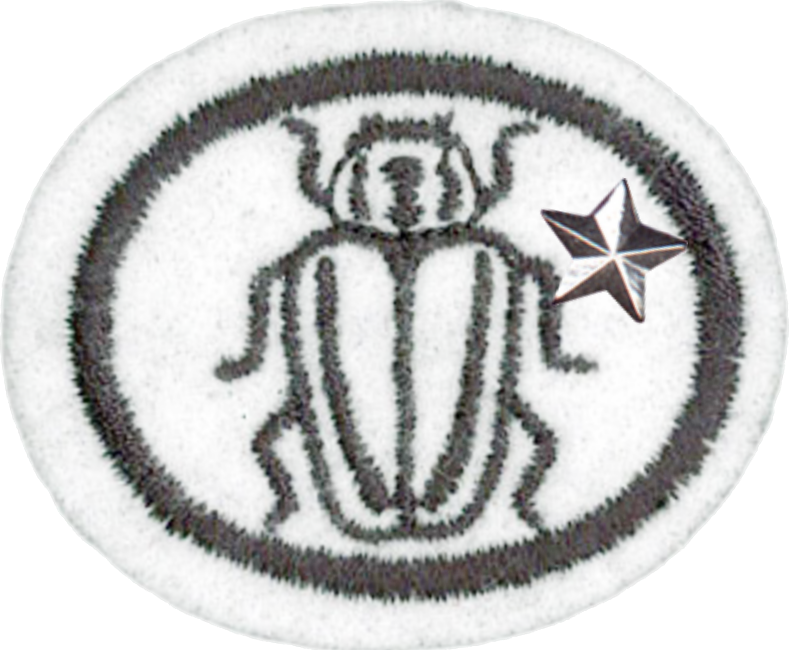AY Honor Insects - Advanced Requirements
From Pathfinder Wiki
< AY Honors | Insects - AdvancedAY Honors/Insects - Advanced/Requirements
1. Have the Insects honor.
2. Do one of the following:
- a. Add to your collection 50 species of insects representing at least ten different orders. Labels must include collector's name, date, locality, order, family, and genus or species level name. (Carelessly mounted or broken specimens are not acceptable.)
- b. Add to your colored drawings or paintings 50 species of insects, representing at least ten different orders. Drawings or paintings need to be life size or larger, to show the details of small insects, and in natural coloring. Label drawings with date, order, family, and genus or species level name.
- c. Add to your colored photographs 50 species of insects, representing at least ten different orders. All pictures are to be in focus, close-ups and properly labeled, showing where photographed, the date photographed, and order, family, and genus or species level name.
3. How do the special structures and habits of insects fit them so admirably for life?
4. Explain the life cycle of four insects in four different families.
5. Name two kinds of social insects. How do they differ from nonsocial insects?
6. Name at least four insects that carry disease to man. Name at least one disease carried by each.
7. Make one of the following:
- a. Aerial net
- b. Sweeping net
- c. Aquatic net
8. Construct and use a trap for night-flying insects.
9. Do one of the following:
- a. Identify from pictures or from live insects one belonging in each of the following families:
- i. Aquatic
- ii. Leaf mining
- iii. Leaf rolling
- iv. Wood boring
- v. Paper eating
- vi. Parasites on the body of bird or mammal.
- b. Describe the castes of termites and honey bees.
- c. Compare the degree of intelligence exhibited by a grasshopper or a beetle, and an ant, bee, or wasp.


